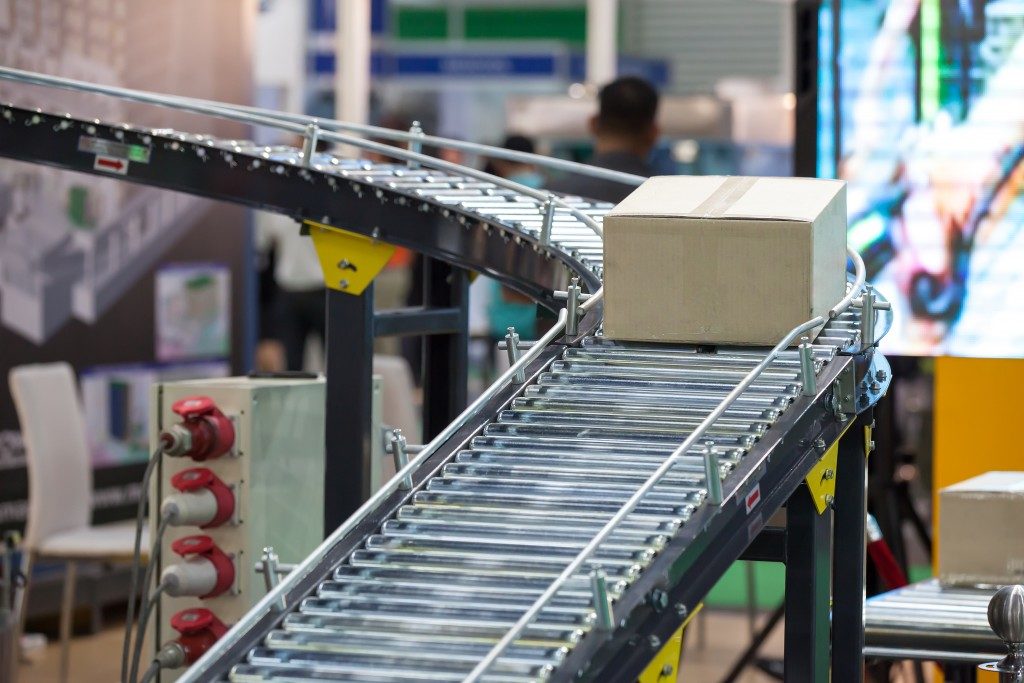A conveyor system is a central part of many industrial operations. If it fails, the business can lose money due to the disruption in production. If a conveyor system breaks, it can cause major costs in repairs and financial losses due to the downtime.
For these reasons, all businesses that use a conveyor system need to know how to maintain it, lest they want to face considerable financial losses due to system failures. Here are some important conveyor maintenance tips for you:
1. Do preventive maintenance
Preventive maintenance is always better than reactive maintenance. Have the conveyor system checked by a professional regularly so that they can pinpoint problems with your conveyor system. A high-quality tabletop conveyor belt, for example, can be easily repaired if the problem is caught before it causes significant damage to the machine’s core.
Remember that it’s better to pay for scheduled maintenance than being stuck with a hefty repair bill in the future.
2. Clean your conveyors
Keeping your conveyor system clean is another integral part of maintenance. Regular cleaning will help remove foreign objects, debris, and dirt from the system, thus preventing the motors from working harder than they should.
3. Never misuse conveyors
Don’t use conveyors for something that they’re not designed for. Read the manufacturer’s instructions and don’t stray from the indicated weight limit, operating instructions, and other pertinent information. Otherwise, your conveyor system can malfunction and cause damage to others as well as itself.

4. Keep moving parts lubricated
A lot of conveyor systems have rollers or bearings that constantly move during operation. These moving parts must be regularly lubricated to reduce friction, which will help decrease the amount of energy required to keep the parts moving. Keep in mind that you should use recommended lubricant only, as other lubricants can damage your belt.
5. Tighten loose parts
Bearings can become loose over time. When this happens, the conveyor system may stop functioning correctly. Ensure that you tighten loose parts and replace them if they cannot be tightened anymore or are entirely broken.
6. Keep an accurate record of maintenance
Document all of the repairs and maintenance procedures that were done on your conveyor system. With this record, you can better determine what is causing the problem as time goes by, which makes it easier to pinpoint the priority parts for repair in the future. Moreover, this record can be used by other staff so that they know how to fix the conveyor’s problems if it happens again.
7. Know when to replace
As important as it is to keep the conveyor system and its parts running for as long as possible, it’s also critical to know when you should replace it. Have your system looked over by a professional and see if there are parts that need replacement. However, be sure to consider if replacing the whole unit is more economical than replacing the parts.
Since a conveyor system is a central component of production, make sure you maintain the system adequately by following the tips highlighted above.
